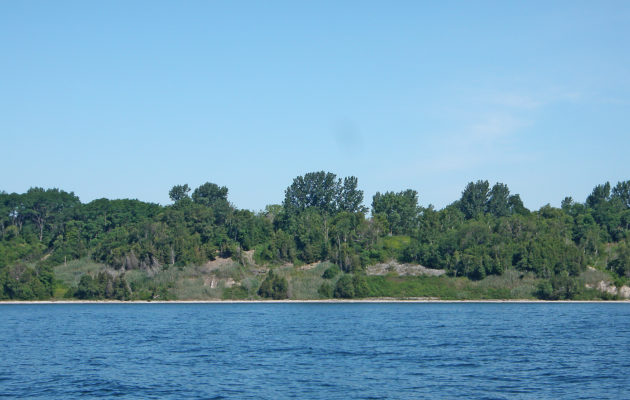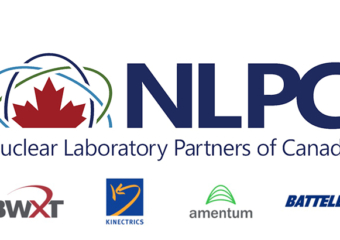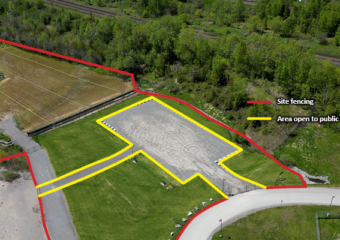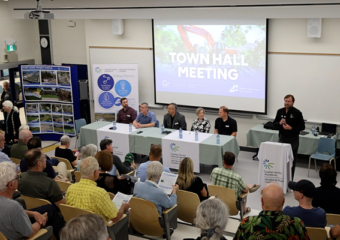With spring here bringing warmer temperatures, the snow thaws and rain is a constant. We look forward to the “April showers bringing May flowers”, though the water can pose a variety of challenges to PHAI projects. Water management is an integral part of the cleanup and restoration process and weather is carefully monitored to ensure that there are no surprises. Water levels in the Ganaraska River and Lake Ontario are expected to rise, as well as ponding and pooling often occur in open excavations. Additionally, sites at the Port Hope waterfront like the viaducts are originally marshy and can get wetter during the spring months.
The management of water remains a top focus area for the project teams on work sites and at the Port Hope and Port Granby Long-Term Waste Management Facilities. Both facilities have dedicated waste water treatment plants to process contaminated surface water and groundwater during construction of the storage mound and contaminated water from within the engineered aboveground mound after it has been closed and capped. Over 1.4 million cubic metres of clean water has been released to Lake Ontario between the two water treatment facilities – that’s more than 575 Olympic size swimming pools!
On PHAI sites with open excavations, a variety of measures are put in place to divert runoff or clean water from entering an area, including creating berms and tarping over open excavations. Extensions may be added to downspouts at homes to channel the water as well as drywells may be created to dispose of unwanted water.
Water pumps run by generators are essential to removing groundwater that accumulates in excavations or that are present on sites. This water is analyzed and treated if necessary, prior to discharge. The water is usually transported to the waste water treatment plant for processing.
Contractors fill in excavations as soon as possible, making sure to grade the soil away from the site or house foundations. Compacting soil increases the soil density and therefore reduces the rate of water infiltration. Depending on the area, further barriers may be used in the restoration of the site to assist with future water management such as gravel, grass and asphalt or concrete.
Strategies such as increasing the storage capacity for water treatment at the Port Hope Waste Water Treatment Plant, reducing the depth of excavation on sites, and reinforcing site erosion control measures have made a significant difference in the water management process. These form part of adaptive management practices and continue to inform how we perform work. Designated staff monitor sites over weekends and holiday, especially during the rainy season to head off any unplanned situations.
PHAI contractors working on our projects are prepared to handle the challenges that water management may bring and adjust work plans as required, always keeping safety in mind. CNL remains confident that being flexible and open to changing situations will result in the successful completion of PHAI activities.
Any concerns about PHAI projects including water management issues can be brought to our attention via email at [email protected] or telephone 905.885.0291. Calls are monitored after hours for emergencies.




